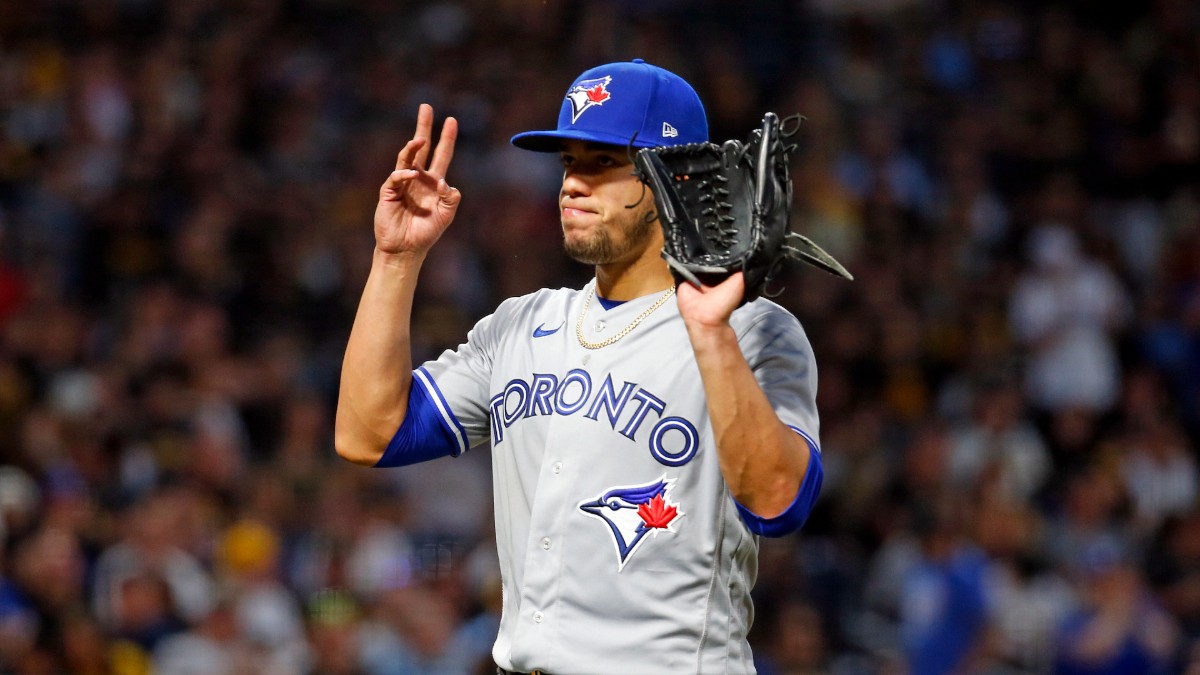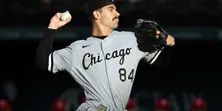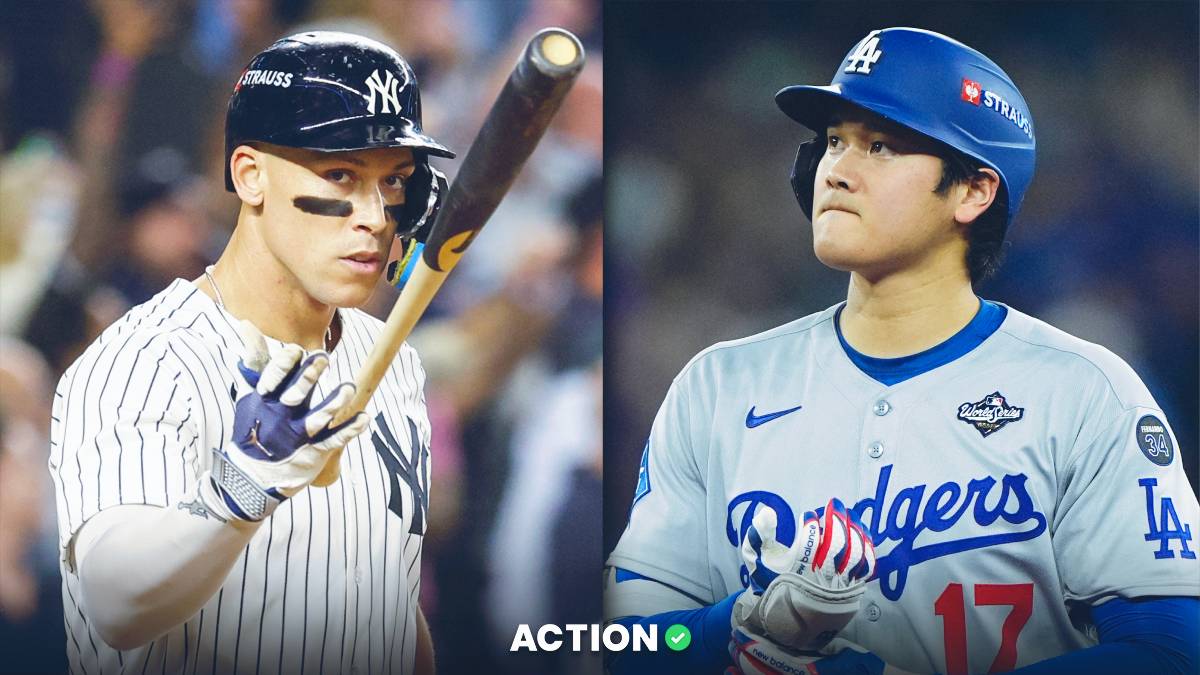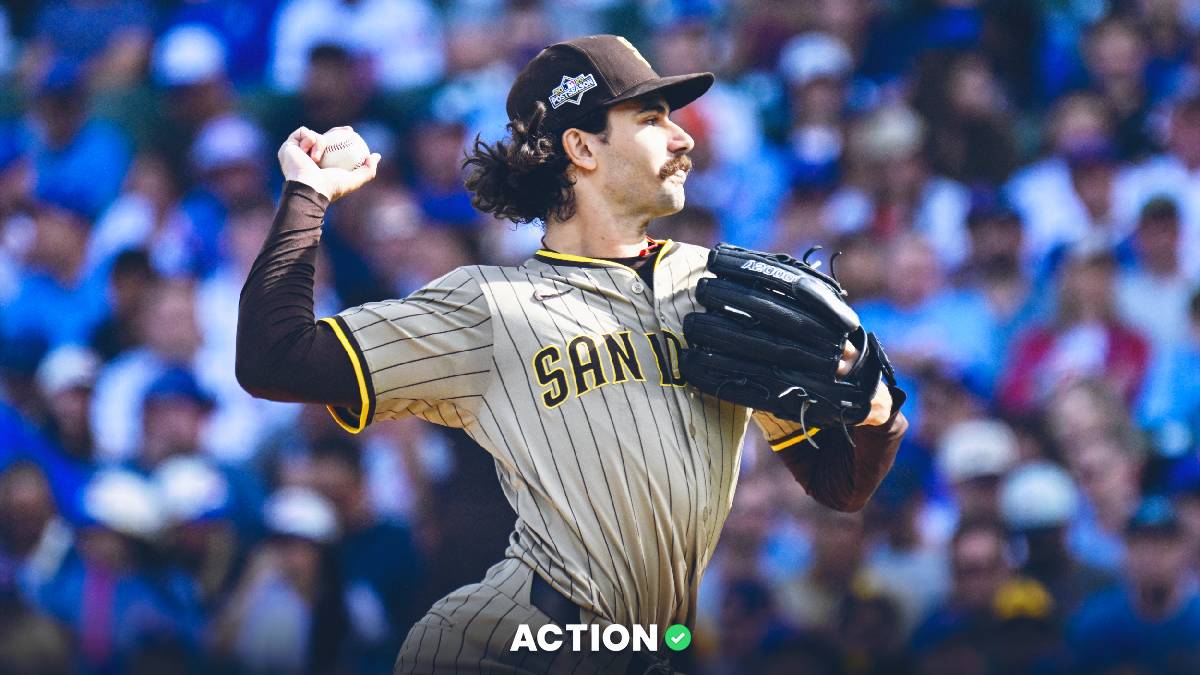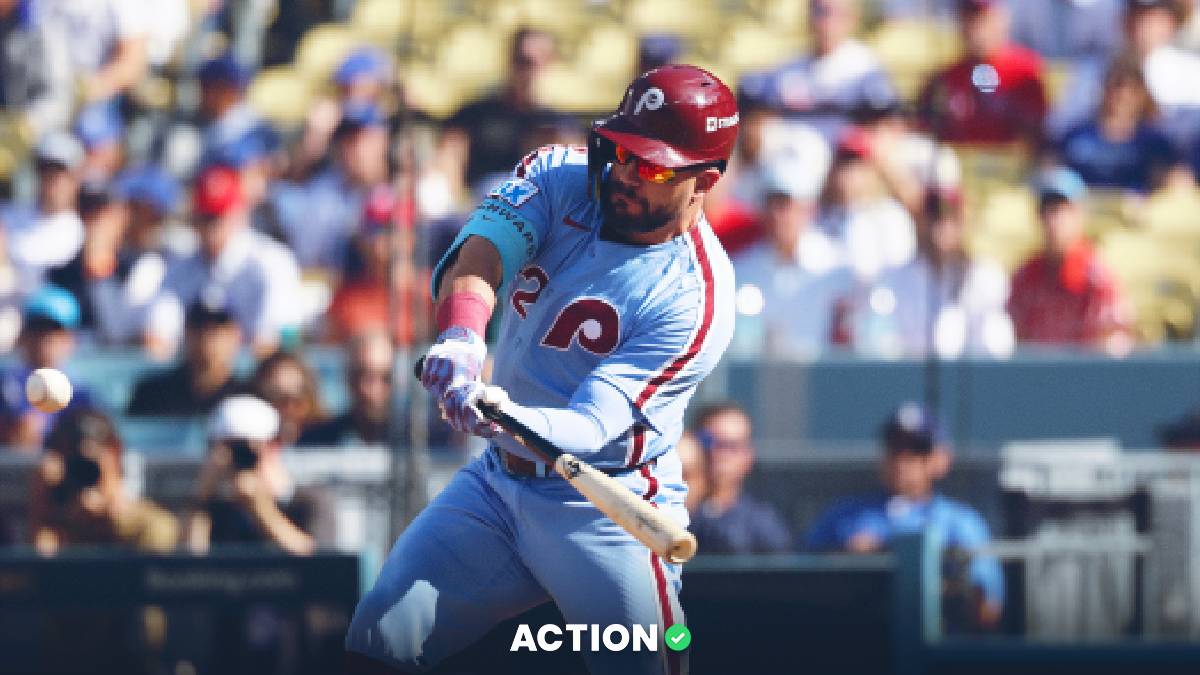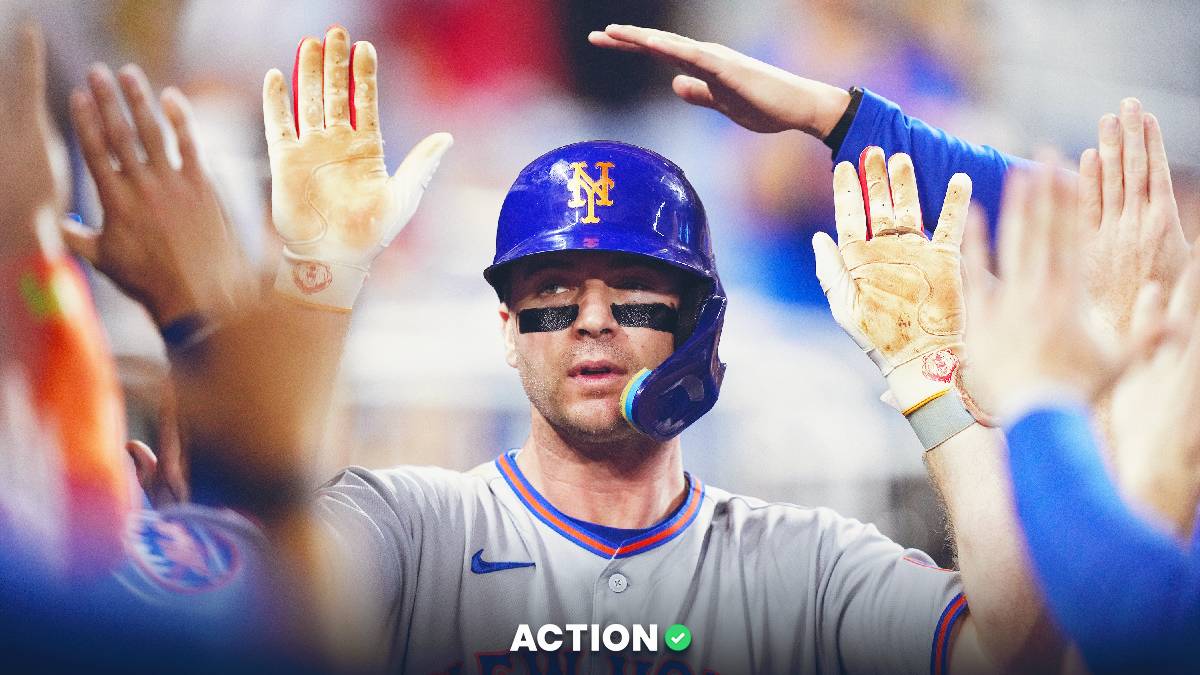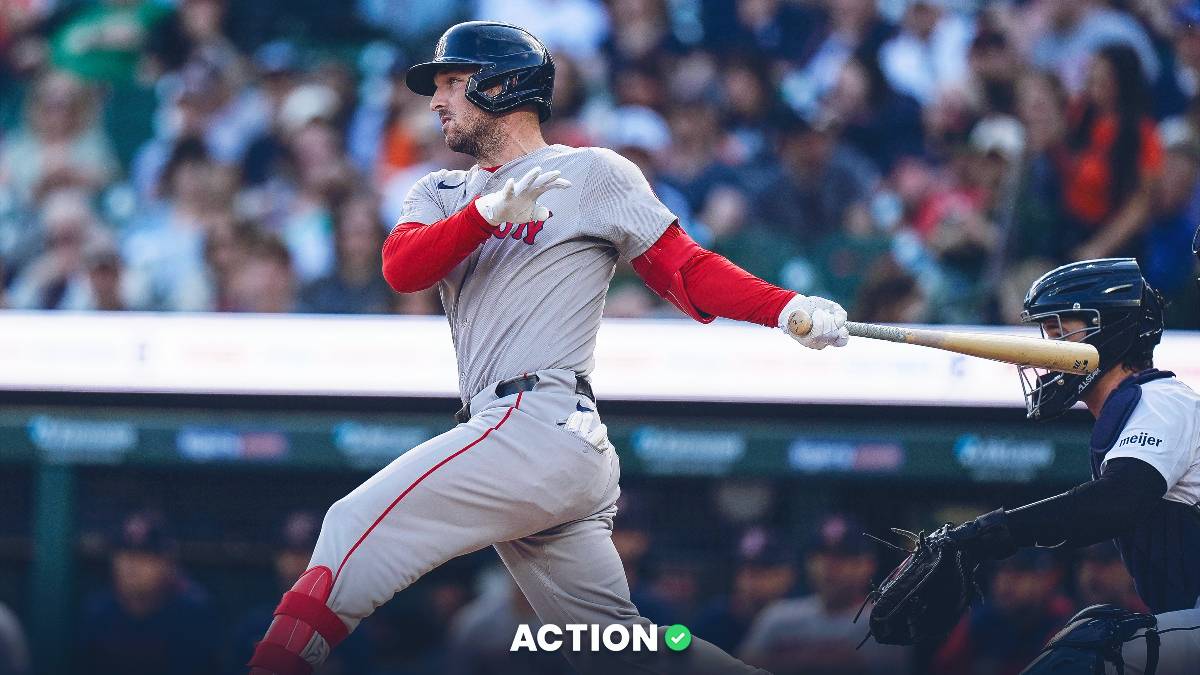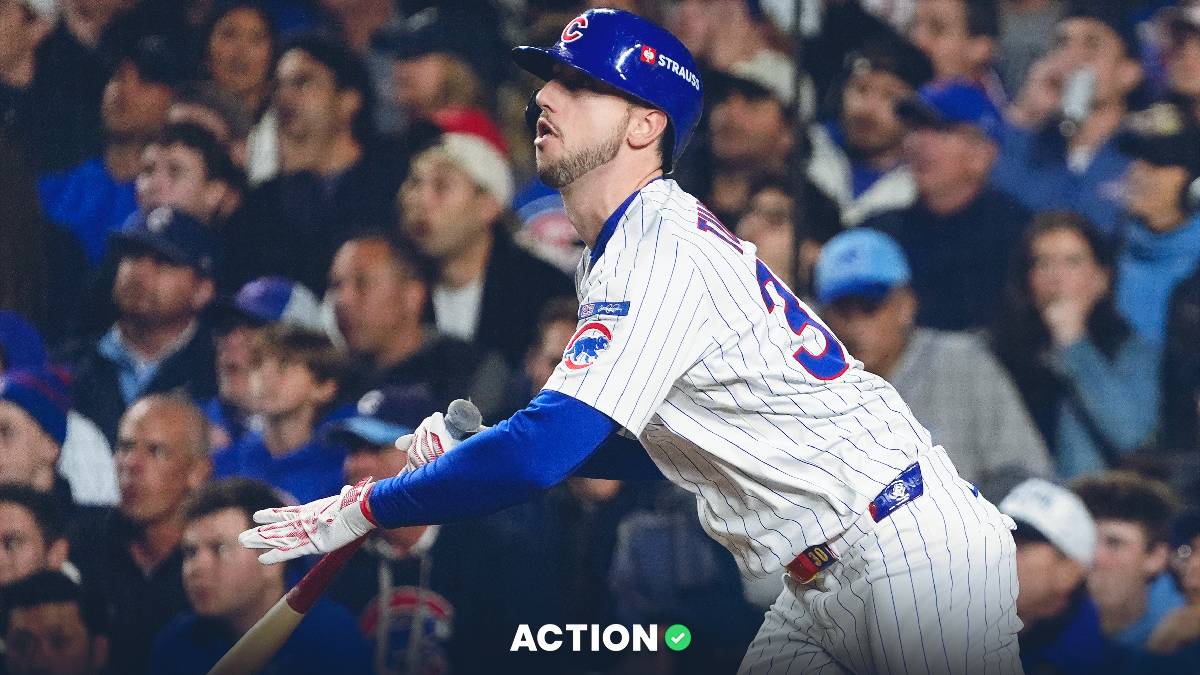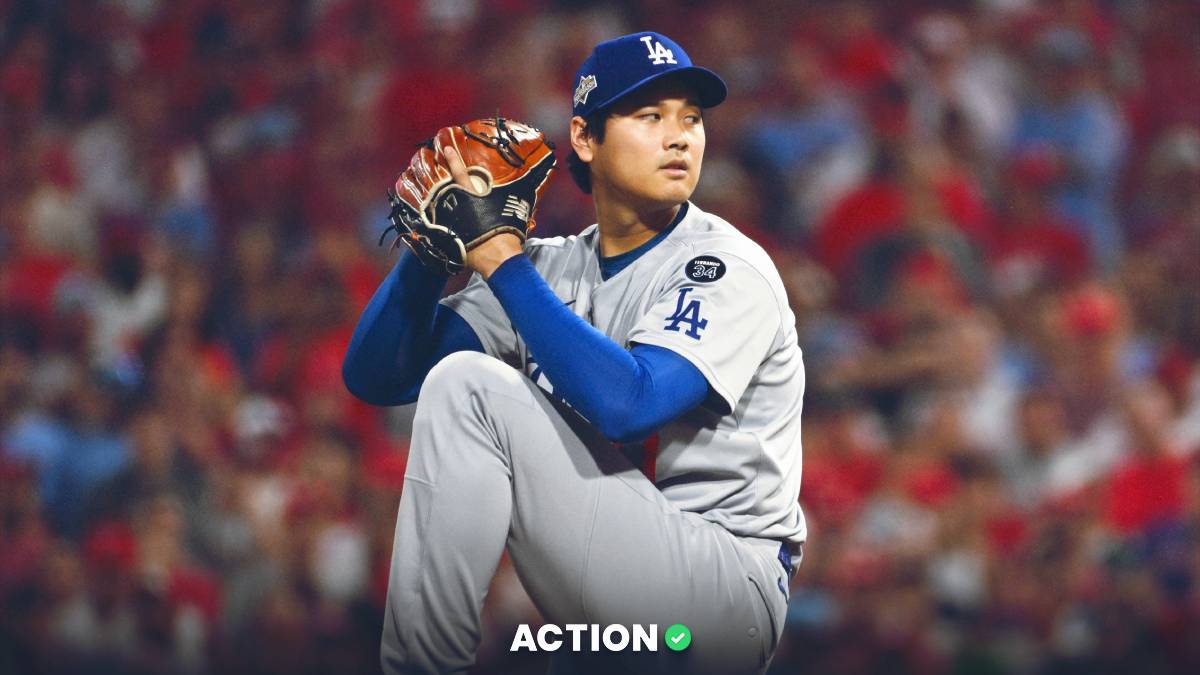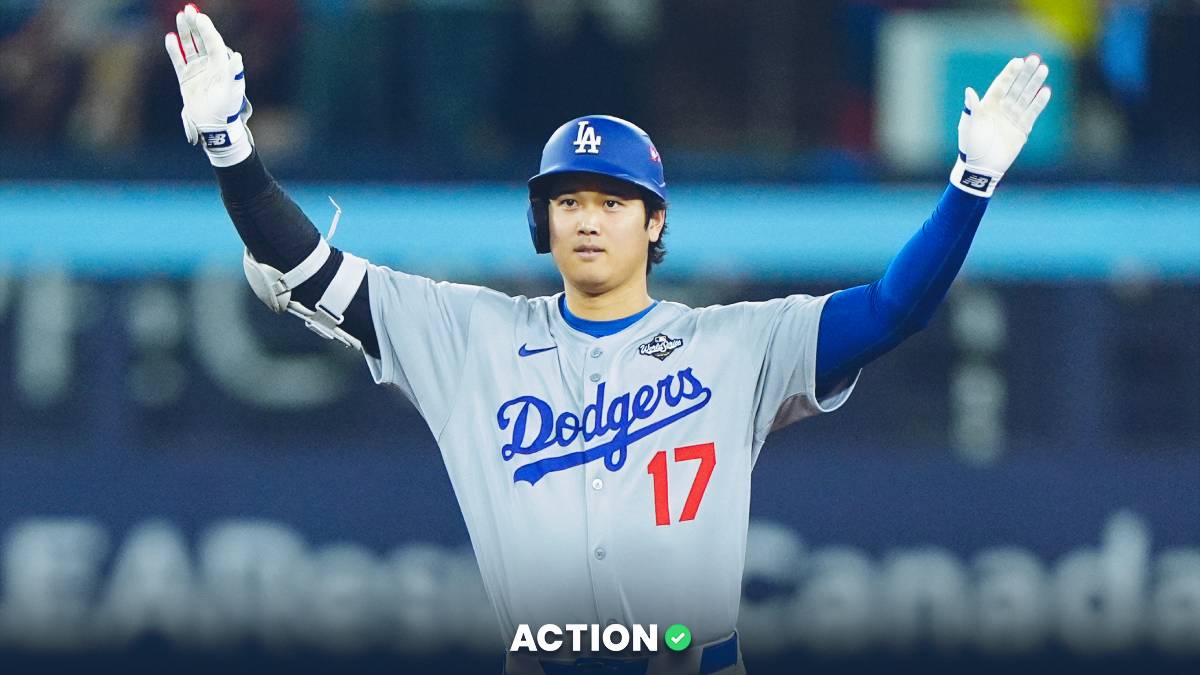Variance broke our way on Monday, with a very strong 3-1 day (three of the bets came at plus-money). Let's keep the ball rolling on a busy Tuesday slate of baseball.
The Model
The process is relatively simple. First, I start by assuming that the full game (implied) run totals for either team are roughly efficient. As mentioned above, that tends to be the case more often than not. This saves me the trouble of trying to predict the total runs scored in the game — and allows me to focus strictly on the "when" rather than "how many."
Next, I built a database of pitchers performance the first time through the order, relative to their overall stats. Since the latter is presumably baked into the full game total, I wanted to figure out if those runs are more likely to come early or late.
Most — but not all — MLB starters do somewhat better early in games, but with some variance in just how much. The model uses xFIP (expected Fielding Independent Pitching) as the ERA predictor of choice.
That's only half of the equation, though, with the offenses making up the other half.
To do this, I looked at what percentage of a team's total runs is produced by the top three batters in the lineup. While a first inning run scored, by definition, needs at least four hitters to come to the plate, one of the first three has to actually score it. The metric of choice here is wRC+, based on the projected lineup for the day from each team.
This is a bit of a tradeoff, as lineups (and run totals) can shift throughout the day, especially if significant contributors miss time.
However, in my experience the inefficiency of the morning lines more than makes up for the leakage in the model. With that said, exercise caution if, say, Mike Trout is listed as questionable for the nights game.
The Picks
With all of the picks below, I'll include the pick, the best line and the threshold I'd bet it to. These will go up in the morning, so if any major news breaks between publishing and when you read it, be sure to consider that.
Infrequently, rather than betting on the traditional YRFI/NRFI, the pick will be on one team or the other specifically to score a run, which as of this writing is only a betting option at DraftKings. Since the model handles each team individually, sometimes one team is projecting for a greater proportion of the "run equity" in the first inning than the betting lines are accounting for.
NRFI Odds, Picks for Tuesday, May 23
Cleveland Guardians vs. Chicago White Sox YRFI: BetMGM has this as an even money line, with everywhere else -115 or worse. I have the true odds at -117, making this a strong value at BetMGM but a pass at the other lines on offer.
Pittsburgh Pirates vs. Texas Rangers NRFI: My model has finally adjusted to the post-Oneil Cruz Pirates lineup, which is considerably worse at the top than when he was healthy. Both pitchers involved have solid first time through the order splits, and with an 8.5-run total, odds are fairly strong those runs come late.
Cincinnati Reds vs. St. Louis Cardinals YRFI: This is another game where our friends at BetMGM are well off the market at -120, 15 cents better than anywhere else. This game has a 10-run total and two of the more "top heavy" lineups in baseball. I'd also take the DraftKings line at -135, but that's about my limit.
Tampa Bay Rays vs. Toronto Blue Jays YRFI: Not only are both teams well above average in the proportion of their scoring produced by the top of the lineups, but Toronto starter Jose Berrios has reverse through the order splits. That means he's slightly worse the first time through the order (dating back to the start of 2022), an uncommon but not unheard of occurrence.
Los Angeles Angels vs. Boston Red Sox YRFI: Two pitchers with (very slight) reverse splits, a 9.5-run total and guaranteed at-bats for Mike Trout and Shoehei Ohtani. That's more than enough for me at relatively reasonable juice. This one is slightly fragile thanks to limited data on both starting pitchers, but the edge is big enough that I'm comfortable taking it anyway.


